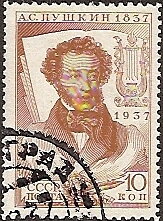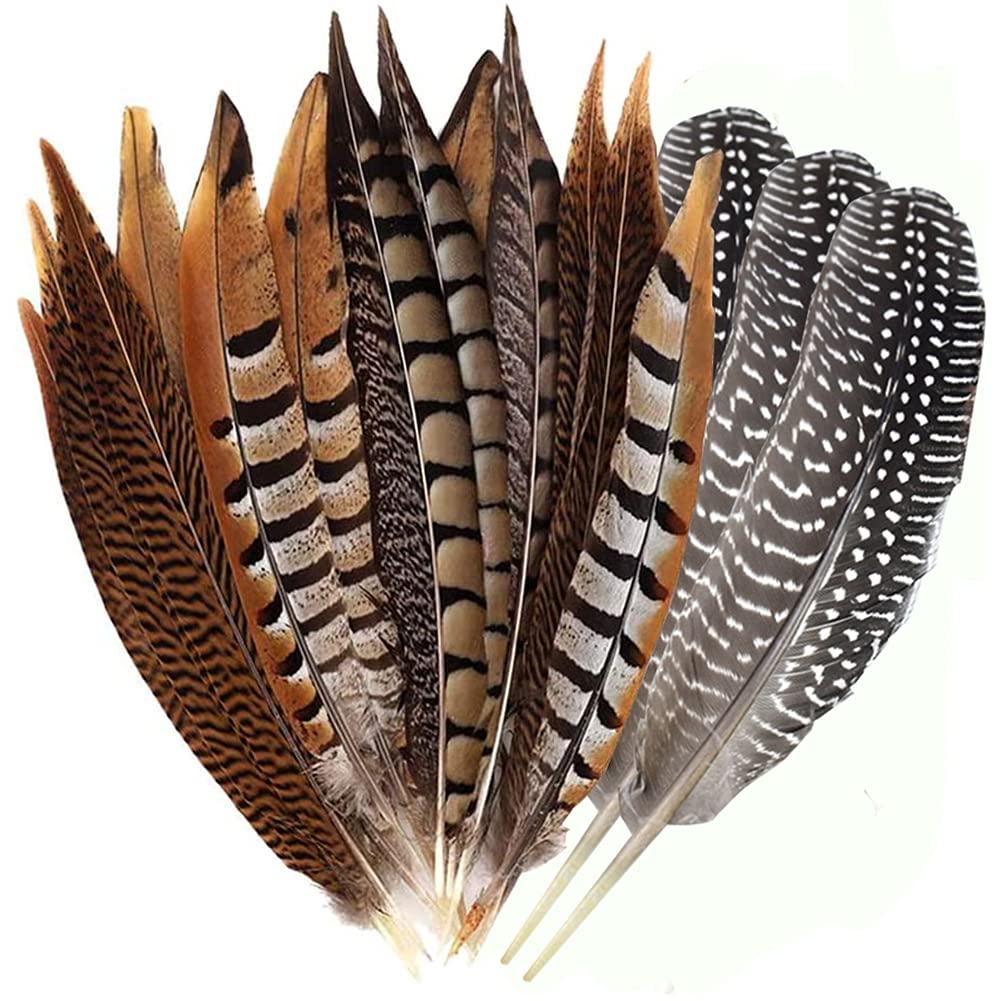Stamp: Portrait of Writer A.S. Pushkin (1799-1837) (Soviet Union, USSR 1937)
Portrait of Writer A.S. Pushkin (1799-1837) (Soviet Union, USSR 1937)
10 February (Soviet Union, USSR ) within release Death Centenary of Alexander S. Pushkin goes into circulation Stamp Portrait of Writer A.S. Pushkin (1799-1837) face value 10 Russian kopek
| Stamp Portrait of Writer A.S. Pushkin (1799-1837) in catalogues | |
|---|---|
| Michel: | Mi: SU 549Gx |
| Stanley Gibbons: | Sg: SU 728b |
| Unificato: | Un: SU 590b |
Stamp is vertical format.
Perf Line 12¼ x 14Also in the issue Death Centenary of Alexander S. Pushkin:
- Stamp - Monument to A.S. Pushkin, Moscow face value 50;
- Stamp - Portrait of Writer A.S. Pushkin (1799-1837) face value 10;
- Stamp - Portrait of Writer A.S. Pushkin (1799-1837) face value 10;
- Stamp - Portrait of Writer A.S. Pushkin (1799-1837) face value 20;
- Stamp - Portrait of Writer A.S. Pushkin (1799-1837) face value 20;
- Stamp - Portrait of Writer A.S. Pushkin (1799-1837) face value 40;
- Stamp - Portrait of Writer A.S. Pushkin (1799-1837) face value 40;
Stamp Portrait of Writer A.S. Pushkin (1799-1837) it reflects the thematic directions:
An anniversary is the date on which an event took place or an institution was founded in a previous year, and may also refer to the commemoration or celebration of that event. For example, the first event is the initial occurrence or, if planned, the inaugural of the event. One year later would be the first anniversary of that event. The word was first used for Catholic feasts to commemorate saints. Most countries celebrate national anniversaries, typically called national days. These could be the date of independence of the nation or the adoption of a new constitution or form of government. The important dates in a sitting monarch's reign may also be commemorated, an event often referred to as a "Jubilee".
In legal discourse, an author is the creator of an original work, whether that work is in written, graphic, or recorded medium. The creation of such a work is an act of authorship. Thus, a sculptor, painter, or composer, is an author of their respective sculptures, paintings, or compositions, even though in common parlance, an author is often thought of as the writer of a book, article, play, or other written work.In the case of a work for hire, the employer or commissioning party is considered the author of the work, even if they did not write or otherwise create the work, but merely instructed another individual to do so.
Commemorations are a type of religious observance in the many Churches of the Anglican Communion, including the Church of England. They are the least significant type of observance, the others being Principal Feasts, Principal Holy Days, Festivals, and Lesser Festivals. Whereas Principal Feasts must be celebrated, it is not obligatory to observe Commemorations. They are always attached to a calendar date, and are not observed if they fall on a Sunday, in Holy Week, or in Easter Week. In Common Worship Commemorations are not provided with collects or indications of liturgical colour. However, they may be celebrated as Lesser Festivals if local pastoral conditions suggest it.
Famous People refers to the fame and public attention accorded by the mass media to individuals or groups or, occasionally, animals, but is usually applied to the persons or groups of people (celebrity couples, families, etc.) themselves who receive such a status of fame and attention. Celebrity status is often associated with wealth (commonly referred to as fame and fortune), while fame often provides opportunities to make money.
Feathers are epidermal growths that form a distinctive outer covering, or plumage, on both avian (bird) and some non-avian dinosaurs and other archosaurs. They are the most complex integumentary structures found in vertebratesand a premier example of a complex evolutionary novelty.They are among the characteristics that distinguish the extant birds from other living groups
A musical instrument is a device created or adapted to make musical sounds. In principle, any object that produces sound can be considered a musical instrument—it is through purpose that the object becomes a musical instrument. A person who plays a musical instrument is known as an instrumentalist. The history of musical instruments dates to the beginnings of human culture. Early musical instruments may have been used for rituals, such as a horn to signal success on the hunt, or a drum in a religious ceremony. Cultures eventually developed composition and performance of melodies for entertainment. Musical instruments evolved in step with changing applications and technologies.





